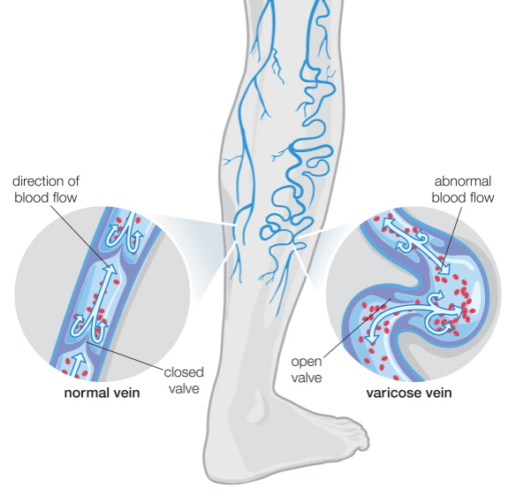How are Varicose Veins Treated?
Major advancements in image-guided minimally invasive technologies, mostly pioneered by Interventional Radiologists, has led to the development of quick, well tolerated procedures for the treatment of varicose veins. The most common and most widely accepted treatment option for varicose veins is endovenous thermal ablation, which used a small catheter to heat the vein from the inside to permanently close the abnormal vein. This procedure is performed using local anesthetic (injection of lidocaine solution as procedure site) and done entirely within the office. This procedure takes around 45 minutes and the patient is able to walk immediately and return to work the next day. Smaller veins such as reticular veins and spider veins are treated using sclerotherapy (injecting a tiny amount of irritant into the vein to close it) or surface laser therapy. Oceana Vein Specialists has dedicated their entire practice to the diagnosis and treatment of venous disease using these minimally invasive techniques.
Am I a Candidate for Varicose Vein Treatment?
A detailed venous ultrasound will be performed in our office at your visit. This ultrasound will determine if vein disease is present and the severity of the vein disease. Using information from this ultrasound, the appropriate treatment options, will be discussed with you and a treatment plan established.

